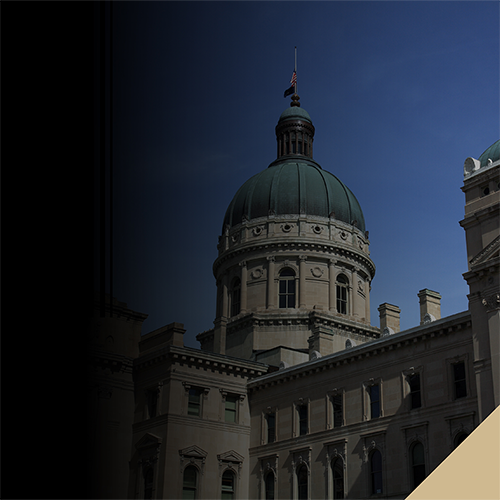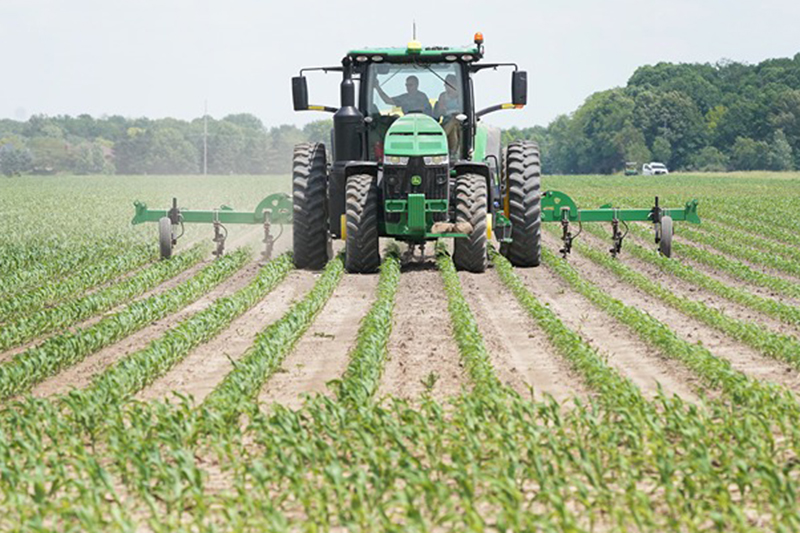The Coronavirus is a world tragedy. Millions will get sick and too many will die. All of us will worry about family and friends. All of us will miss important events in our lives.
The economy will suffer too. But how much? Let’s review it using the economist’s tools: supply and demand.
Supply is the production of goods and services, mostly by businesses. At first, the news focused on how the virus was disrupting supply chains in Asia. Businesses couldn’t get parts, couldn’t get products assembled, and couldn’t get them shipped.
Now, it looks like the main shortage will be employees. People must stay at home to limit the spread of the virus and self-quarantine if they or family members contract COVID-19. Without being fully staffed, businesses can’t deliver as many products, operate offices and factories at full capacity, or stay open regular hours. Some will be required to close. Supply is reduced.
Demand is an even bigger problem. Demand is spending on goods and services, mostly by households. Social distancing will keep people at home. We’ll especially cut back on the goods and services we buy in the company of other people. Airplanes fly with few passengers. Vacations are postponed. Sports and entertainment events have been canceled. Restaurants and bars are closed. Many non-essential stores are being closed as well. Demand is reduced.
Of course, demand has increased for some goods—hand sanitizer and toilet paper, for example. That demand should decrease in relatively short order once people have stocked up.
Restricted supply and lower demand will reduce the quantity of products bought and sold. Gross domestic product will fall. Unemployment will rise. There will be a recession. The question is, how long and how deep will the recession be?
Maybe the recession will be V-shaped, a sharp decline and a recovery just as sharp. After all, the economy was in good shape prior to this global pandemic. The Bureau of Labor Statistics reported that the February unemployment rate was back at 3.5%, a 50-year low. Perhaps the expansion will resume when the pandemic fades. Businesses will get parts, their employees will return, establishments will re-open, and people will emerge from isolation and start spending, maybe a lot. Supply and demand both bounce back.
But the recession could be L-shaped, a sharp decline and then months of misery. What if businesses can’t resume production, people can’t go back to their jobs, and consumers can’t resume spending? Businesses don’t earn revenue if they can’t sell their products. If they can’t pay their suppliers or the interest on their loans, some will fail. Employees can’t go back to their jobs if their employers are out of business. Those incomes will be lost, so spending won’t rise back to where it was. And many consumers will use up savings during the isolation and will have to rebuild their finances by spending less.
Perhaps most dangerous of all, banks and other lenders may stop lending if many borrowers default on loans, or if lenders aren’t sure about risks. Remember the financial market freeze during the Great Recession.
The recession can’t be avoided, but policy might keep it V-shaped. The Federal Reserve uses monetary policy to influence interest rates, and acts as the lender of last resort. The Fed has cut rates as much as it can. This should encourage borrowing and spending. The Fed has already provided more than $1.5 trillion in loans to financial markets. Most of those loans will be repaid, with interest, when the recession ends.
Fiscal policy uses Federal taxing and spending. We could provide businesses and households with a bridge during the social isolation. Support revenues so businesses don’t fold. Subsidize payrolls so they can keep their employees. Support household spending so people can pay rent and utilities, do essential shopping, and so they don’t deplete their savings. Those are the goals; the means are a matter of debate. But that debate must happen quickly.
Supply is down. Demand is down. The longest expansion in U.S. history is probably over. But if we’re lucky and smart, we’ll have a V-shaped downturn and recovery. If we’re neither lucky nor smart, we’ll be facing a longer, deeper recession.
So, what can we all do? Each of us should be doing everything we can to reduce the spread of COVID-19. It’s the smart thing to do for our personal and community health and for our country’s economic future. So, practice social distancing and wash your hands!





